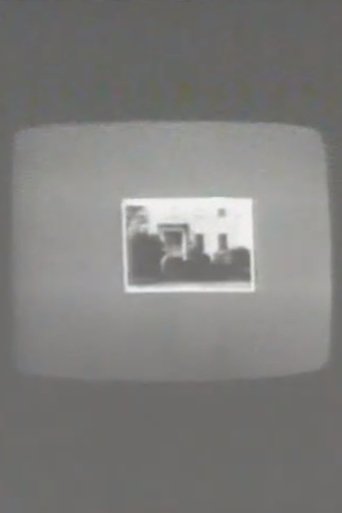Going Around in Circles
Jan 01, 1973Going Around in Circles is an early video experiment in which Holt explores perception and point of view. A board in which five circular holes have been cut has been placed in front of the camera. Through the holes, which are covered and uncovered, five subjects are seen moving between five points, turning in circles, and following instructions. The artist and her subjects are heard discussing their experience of the performance, how it is perceived on the ground and through the playback monitor, and the different scales and viewpoints created.
















